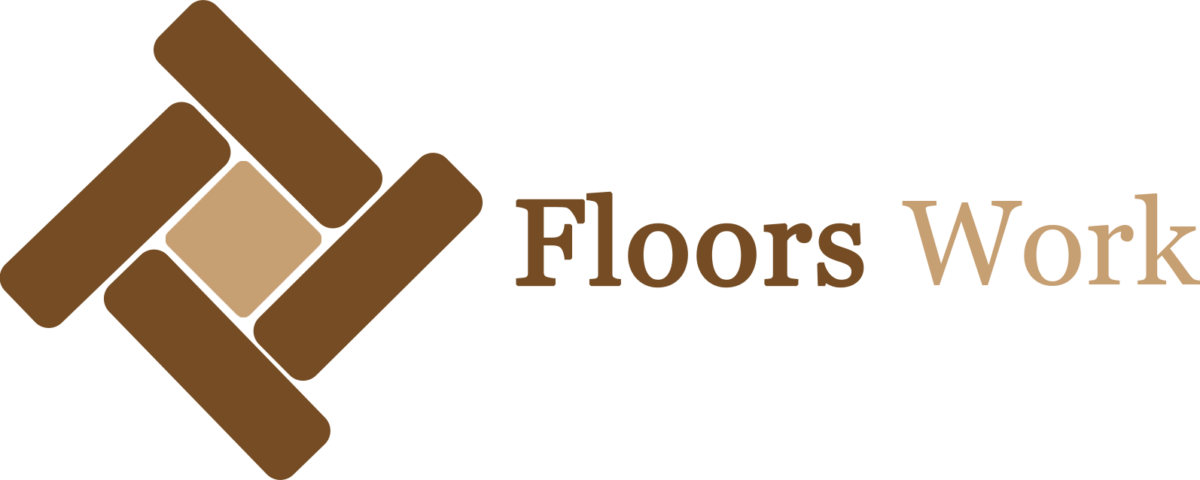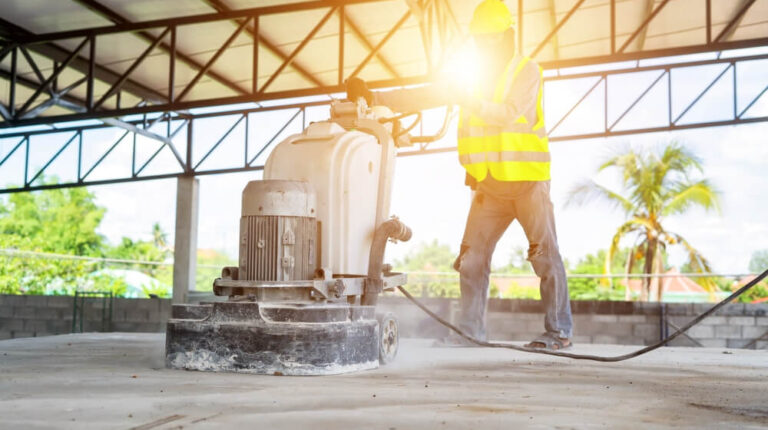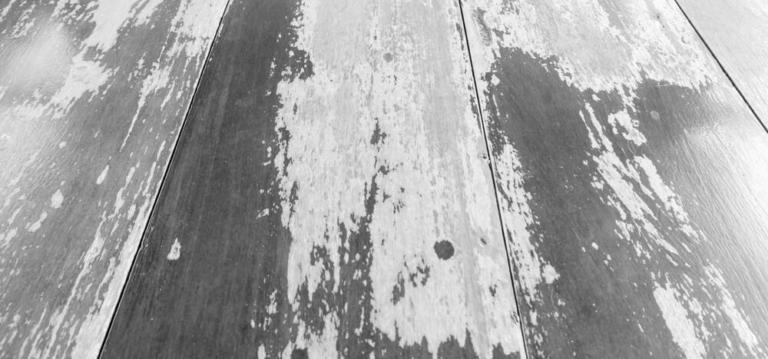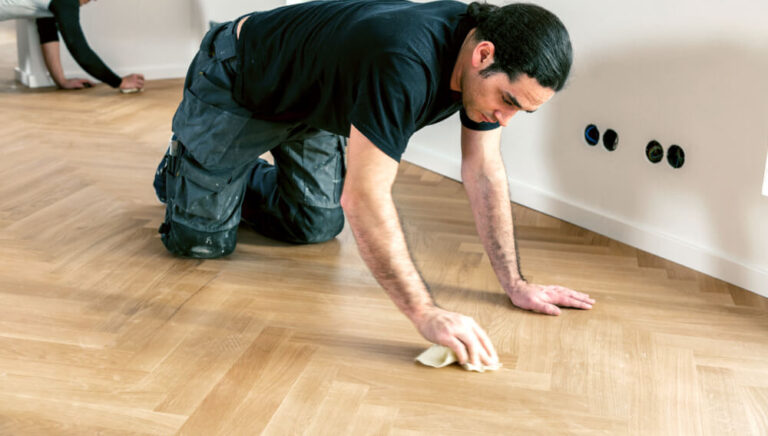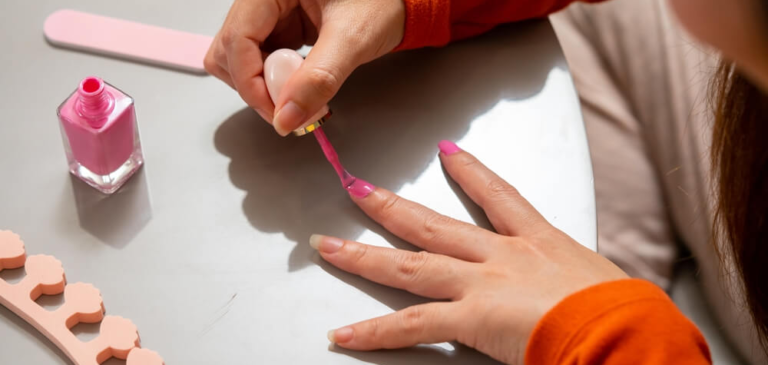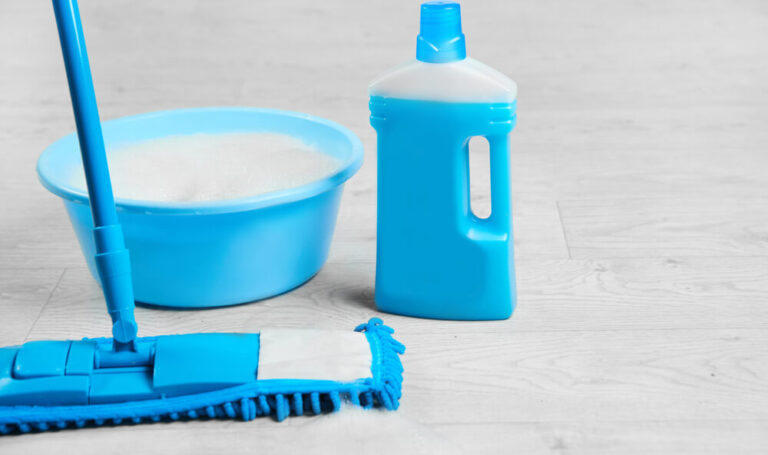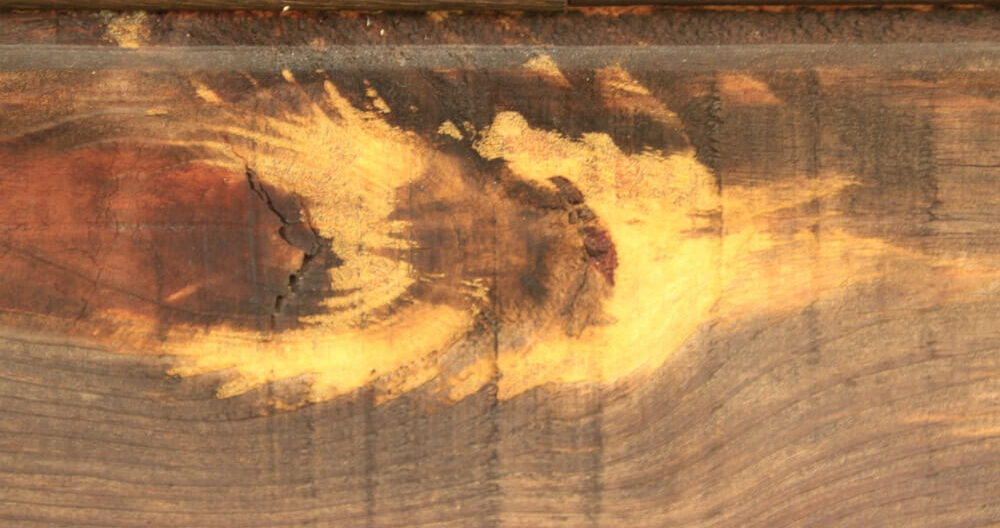
Are you worried about discoloration or yellowing of hardwood floors? You are at the right place. Undoubtedly, it is painful for the homeowners when the pristine beauty of their wooden floors starts to fade and take on an unwanted yellowish hue. They usually ask, “Why do hardwood floors turn yellow?”
Hardwood floors turn yellow due to factors like sunlight exposure, oxidation, wear on the finish, humidity fluctuations, chemical reactions from cleaning products, and natural aging processes. UV rays, in particular, can react with wood components, leading to a yellowish hue over time. Regular maintenance and preventive measures can mitigate this issue.
Being hardwood flooring experts, we help people to maintain their floors neat and clean without any damage. In this article we will delve into the potential culprits and offer insights on keeping your wooden haven gleaming.
Why Do Hardwood Floors Turn Yellow?
It is most commonly asked, “What causes yellowing of hardwood floors?” Given below are the factors that contribute to the occurrence of discoloration or pale color of wooden floors:
Sunlight Exposure
One of the primary culprits behind the yellowing of hardwood floors is prolonged exposure to sunlight. Ultraviolet (UV) rays from the sun can penetrate through windows and interact with the wood’s natural components, causing chemical reactions that lead to discoloration. Over time, this exposure can result in a yellowish hue on the surface of the hardwood.
Oxidation
The process of oxidation, which occurs when oxygen reacts with the wood’s components, can contribute to yellowing. This reaction is accelerated when hardwood floors are exposed to air for extended periods, leading to changes in the wood’s color. Oxidation is often more pronounced in lighter-colored hardwoods
Finish Wear and Tear
The finish applied to hardwood floors serves as a protective layer, guarding against stains, scratches, and discoloration. Wood finishing also plays an important role in discoloration of hardwood floors. However, as this finish wears away over time due to foot traffic, furniture, and other environmental factors, the wood becomes more vulnerable to yellowing. It is crucial to maintain the finish regularly to ensure the longevity and appearance of the hardwood.
Humidity
Hardwood floors are sensitive to changes in humidity. Excessive moisture or dryness in the environment can impact the wood’s stability and contribute to discoloration. High humidity levels may lead to mold growth and dark stains, while low humidity can cause the wood to contract and develop a yellowish tint.
Chemical Reactions
Certain household cleaning products and chemicals can react with the wood’s surface, leading to discoloration. Ammonia-based cleaners, for instance, can cause hardwood floors to turn yellow over time. It is essential to use only recommended hardwood floor cleaners and follow proper cleaning procedures to avoid chemical reactions that compromise the wood’s color.
Grime
Don’t underestimate the power of dirt and grime! Improper cleaning or neglecting routine maintenance can lead to dirt and soil getting embedded in the finish, creating a dingy yellow appearance. This build-up, combined with the use of inappropriate cleaning products, can further exacerbate the problem.
Aging and Natural Processes
As with any organic material, hardwood undergoes natural aging processes. The combination of wear and tear, exposure to light, and the effects of time can cause changes in the wood’s color. This aging process may manifest as a gradual yellowing of the hardwood floors.
How To Remove Yellowing From Hardwood Floors?

Yellowing in hardwood floors can be a common concern, but the good news is that several effective methods can help restore their original luster. Whether caused by sunlight exposure, oxidation, or other factors, addressing the issue promptly can revitalize the beauty of your hardwood floors.
Deep Cleaning
Start by thoroughly cleaning to tone down yellow hardwood floors. Regularly vacuum or mop hardwood floors. Use a mild wood floor cleaner that is specifically formulated for your floor type. Avoid harsh chemicals, as they may exacerbate the yellowing. Gently mop the floor, ensuring all dirt and grime are removed.
Vinegar and Water Solution
Create a solution of white vinegar and water (1:1 ratio). Dampen a soft cloth or mop with the solution and clean the yellowed areas. Vinegar’s mild acidity helps break down residues and restore the wood’s natural color. Ensure you dry the floor completely afterward. This solution helps yellow floor white again
Baking Soda Paste
For stubborn yellow stains, make a paste by mixing baking soda with water. Apply the paste to the affected areas and gently rub with a soft cloth or sponge. Baking soda’s abrasive properties can lift stains without damaging the wood. Wipe away any residue and dry the floor thoroughly.
Hydrogen Peroxide
Mix hydrogen peroxide with water (1:1 ratio). Dampen a cloth with the solution and rub it onto the yellowed spots. Peroxide acts as a mild bleach and can help lighten the discoloration. After application, wipe the area with a damp cloth and ensure the floor is dry.
Oxalic Acid
For persistent stains, consider using oxalic acid, a wood bleach to whiten hardwood floors. Follow the manufacturer’s instructions carefully. Apply the solution to the yellowed areas, scrub gently, and rinse thoroughly. Wear protective gear and ensure proper ventilation when using oxalic acid.
Sanding and Refinishing
If the yellowing persists, especially in deeper layers of the wood, sanding and refinishing may be necessary. Hire a professional or, if experienced, use a fine-grit sandpaper to remove the discolored surface. Follow up with a quality wood finish to protect and enhance the natural color.
Preventive Measures
To prevent future yellowing, consider using UV-protective window coverings, rearranging furniture periodically to avoid uneven exposure, and maintaining consistent humidity levels. These measures can safeguard your hardwood floors from environmental factors that contribute to discoloration.
Conclusion
Maintaining the beauty of hardwood floors requires understanding the various factors that contribute to their yellowing over time. Homeowners can take preventive measures such as using UV-protective window coverings, maintaining a consistent humidity level, and employing proper cleaning practices. Regular inspection and maintenance of the finish are also crucial to preserving the natural beauty of hardwood floors and ensuring they remain a timeless and aesthetically pleasing flooring option.
